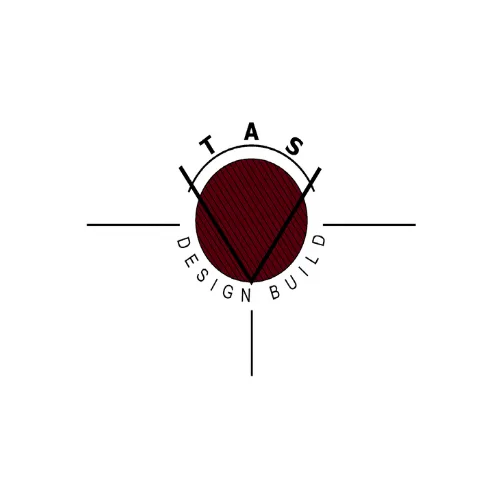A Guide for Architectural Service
How Building Design Influences Mental Health
The places where we live, work, and relax have a big impact on how we feel. Building design isn’t just about what looks good. It also affects our health, our stress, and even how we think.
Many people don’t realize that the way a room is shaped, the amount of light that comes in, and the way a building makes us feel can either lift our mood or bring it down. In this post, we’ll explore how building design connects with mental health—and how smart design choices can help us feel better every day.

What the Science Says
Studies show that the built environment—the buildings and spaces we use—can affect our brains. A 2021 article from the American Society of Landscape Architects reported that poor building design is linked to more stress, depression, and anxiety. People who live in dark, crowded, or noisy places often feel worse than people who live in open, bright, and quiet areas.
Good design, on the other hand, can make people feel more calm and in control. Just having a view of trees from a window can lower stress and even improve memory. A study in the Journal of Environmental Psychology found that people who had access to green space reported better mood and lower anxiety.

Nature Makes a Difference
You’ve probably felt the peace of sitting in a quiet park or walking through the woods. That calming effect of nature is something designers can bring indoors. This is called “biophilic design.”
Biophilic design means using natural materials, sunlight, water, and plants in building design. Studies show that this kind of design can reduce stress, help people focus, and even lower heart rates.
One famous study found that hospital patients who had a window with a view of trees healed faster than patients with no view. More on biophilic design.
In Southwest Virginia, where we’re lucky to be surrounded by forests and mountains, using natural materials and outdoor views in home design can really improve quality of life.
Let the Sunshine In
Natural light helps control our sleep patterns, known as circadian rhythms. When we get enough sunlight during the day, we sleep better at night—and that helps our mood too.
A 2022 study found that people who worked in buildings with large windows were more focused, had better sleep, and felt less depressed. Read the study summary here
Skylights, big windows, and open floor plans can all help bring in more daylight. In Roanoke and nearby towns, where we get a good mix of seasons, well-placed windows also let you enjoy the changing views throughout the year.
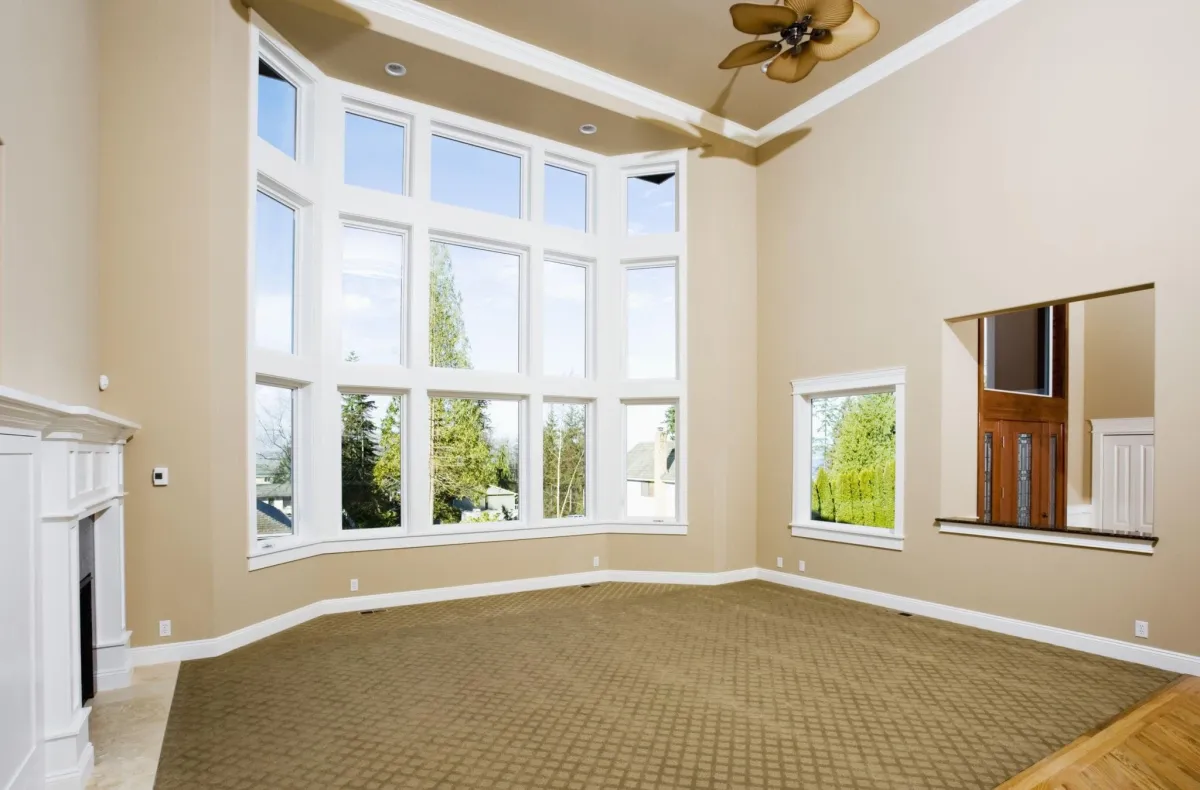
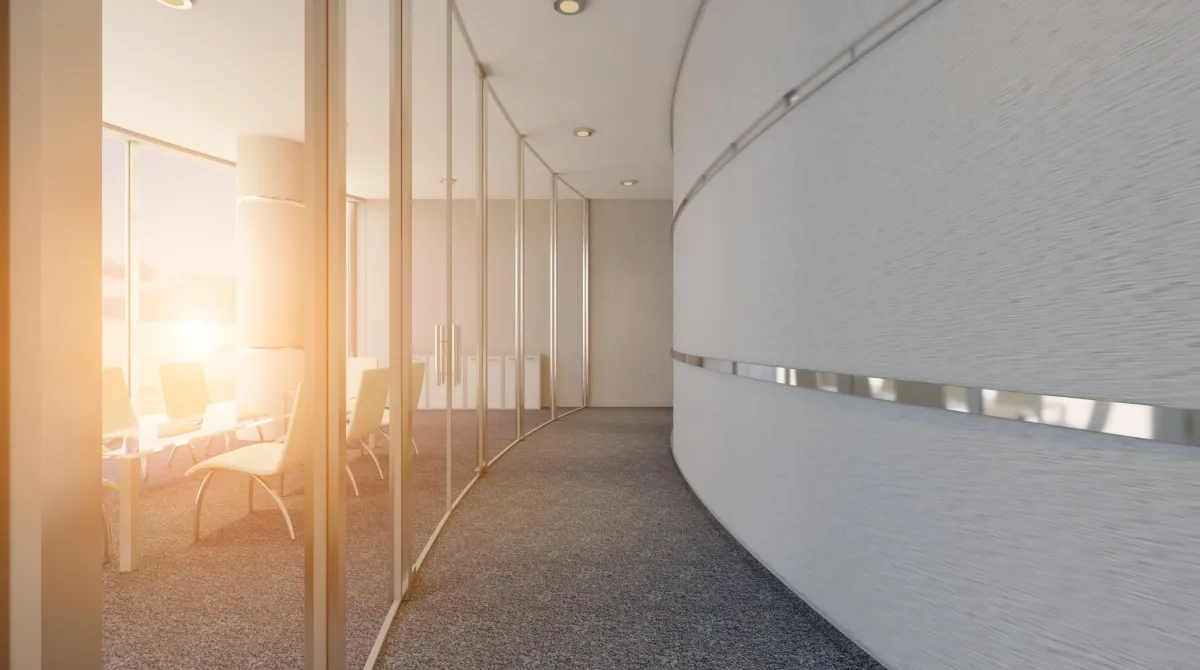
Open Space Feels Better
When buildings have wide, open areas instead of tight, narrow ones, people feel more relaxed. Open space helps with airflow, natural light, and movement.
Curved walls and soft corners can also improve mood. A study using virtual reality showed that people felt happier and calmer in rooms with rounded shapes compared to rooms with sharp, square ones.
In Southwest Virginia homes, open kitchens, multi-use family rooms, and open porches are great ways to design with space in mind. These areas invite movement, light, and family time.
Open Space Feels Better
When buildings have wide, open areas instead of tight, narrow ones, people feel more relaxed. Open space helps with airflow, natural light, and movement.
Curved walls and soft corners can also improve mood. A study using virtual reality showed that people felt happier and calmer in rooms with rounded shapes compared to rooms with sharp, square ones.
In Southwest Virginia homes, open kitchens, multi-use family rooms, and open porches are great ways to design with space in mind. These areas invite movement, light, and family time.

Design for Community and Connection
Every city and county in Virginia has its own building rules. Before any work can start, you need permits to show your plans are safe and legal. A general contractor knows exactly what papers you need and where to get them. They handle all that for you so you don’t have to visit the office or fill out confusing forms. If inspectors need to visit the site, your contractor makes sure everything is ready. This saves you time and helps your project stay on track.
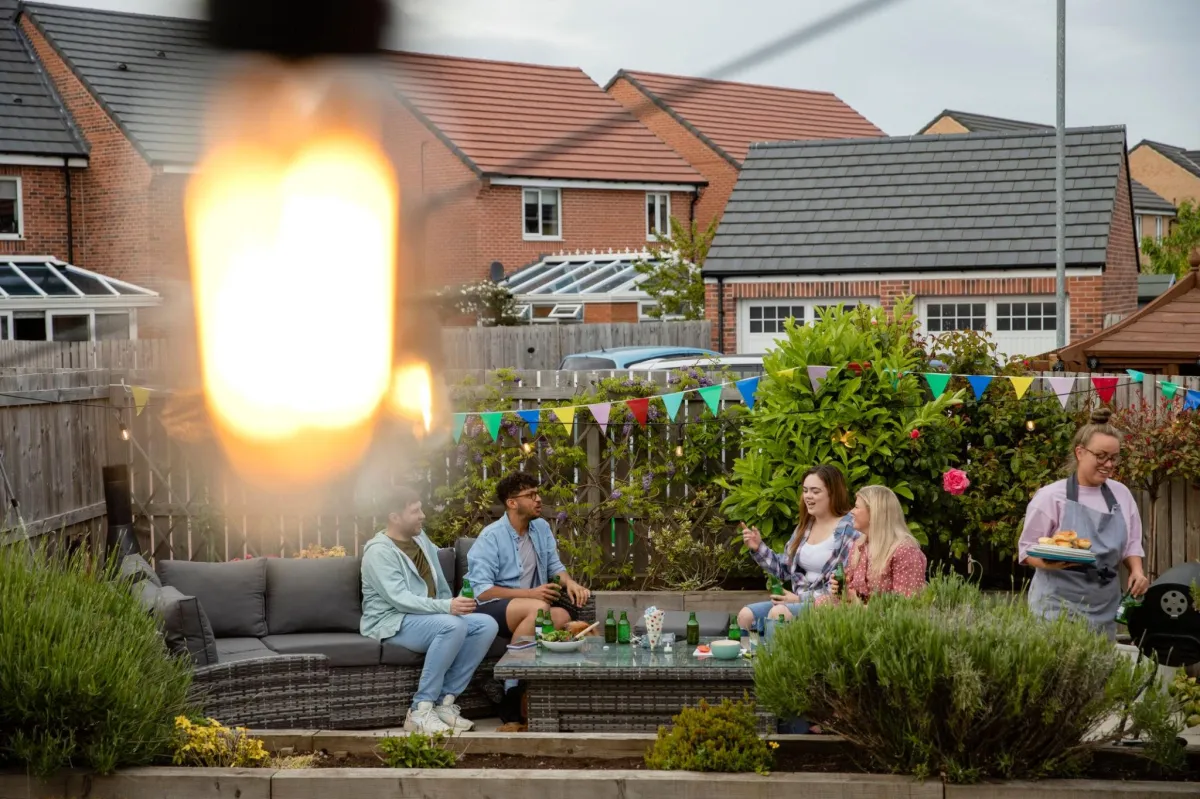
What Does a General Contractor Do Each Day?
Organize the Schedule
The contractor keeps a close eye on what needs to happen each day, week, and month. They plan ahead so workers aren’t standing around waiting for parts or jobs to be finished. For example, if a crew is scheduled to lay down flooring, the contractor checks that the subfloor is dry and clean first. In a place like Roanoke, where weather can delay work, this kind of planning keeps things moving smoothly.
Order Supplies
A contractor makes a list of everything the job needs—from nails to paint to cabinets. They order it ahead of time and track deliveries. They make sure the materials show up when they’re needed, not too early to get damaged, and not too late to hold up the work. If a certain tile is out of stock, they’ll find another that matches. This saves you hours of shopping or calling around.
Talk to You
A good contractor keeps in touch with you the whole time. They’ll tell you what’s happening this week, ask about your choices, and answer any questions you have. If you want to make a change, like switching the color of the siding, they’ll explain how that affects the cost and timing. You’ll always know what’s going on with your build, which makes the process a lot less stressful.
Watch the Work
Every day, your contractor checks the site to see how things are going. They look at the work being done and make sure it’s solid and safe. They check for mistakes or things that don’t match the plan. If something’s off, they fix it before it becomes a big problem. This helps make sure the final result looks great and lasts a long time.
Choosing the Right General Contractor in Roanoke
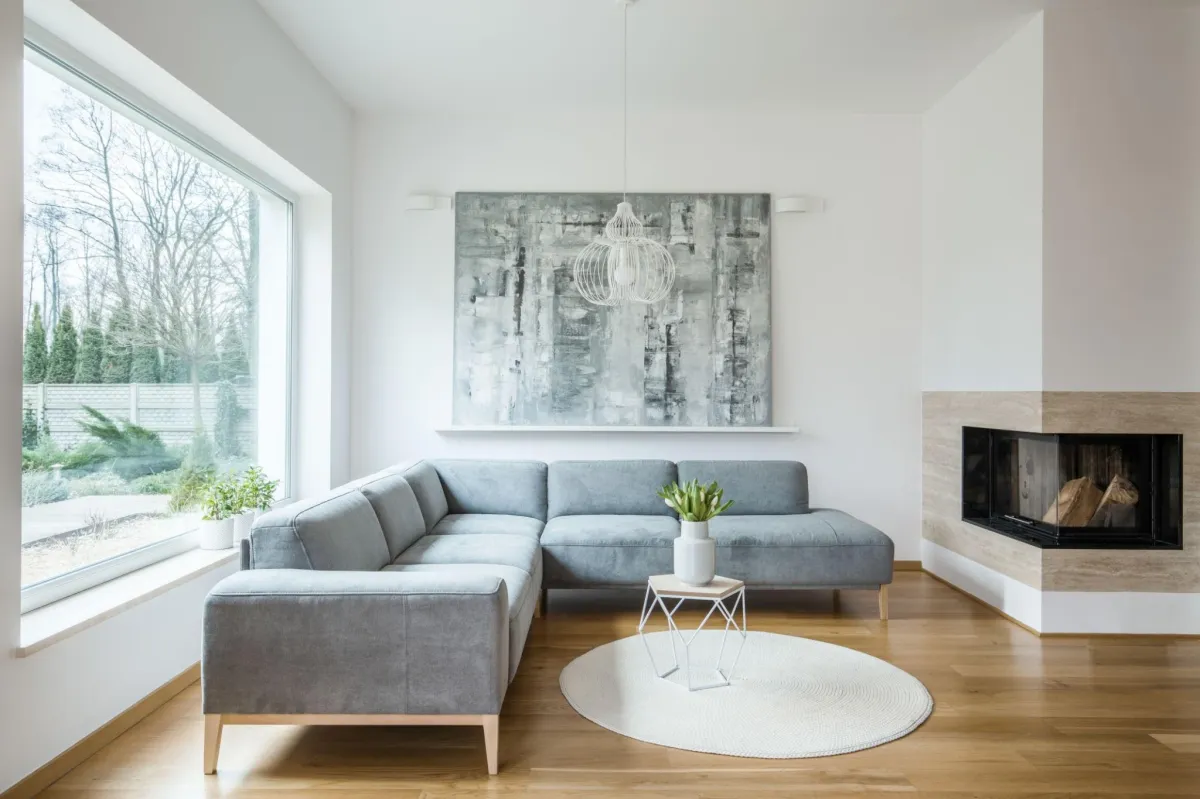
1. Use Natural Light
Add windows, skylights, or glass doors to brighten up rooms.
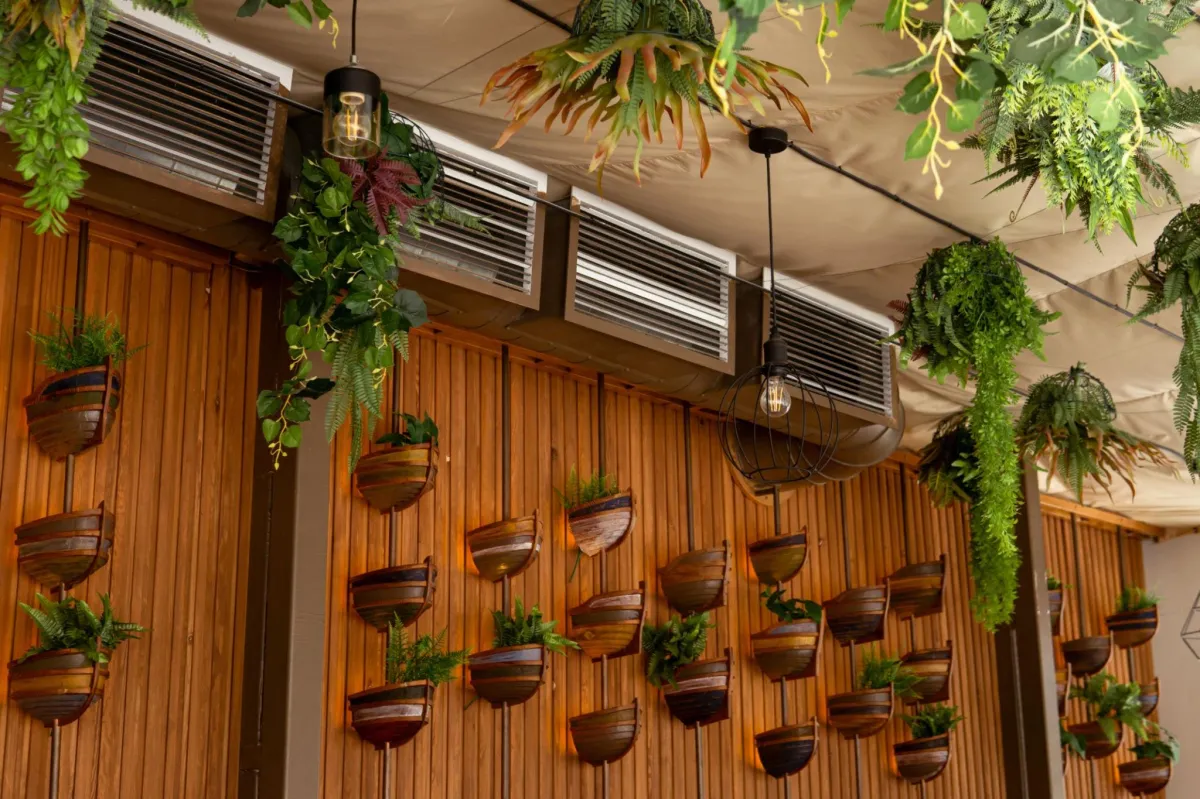
2. Bring Nature Inside
Use houseplants, wood, stone, and views of the outdoors in your design.
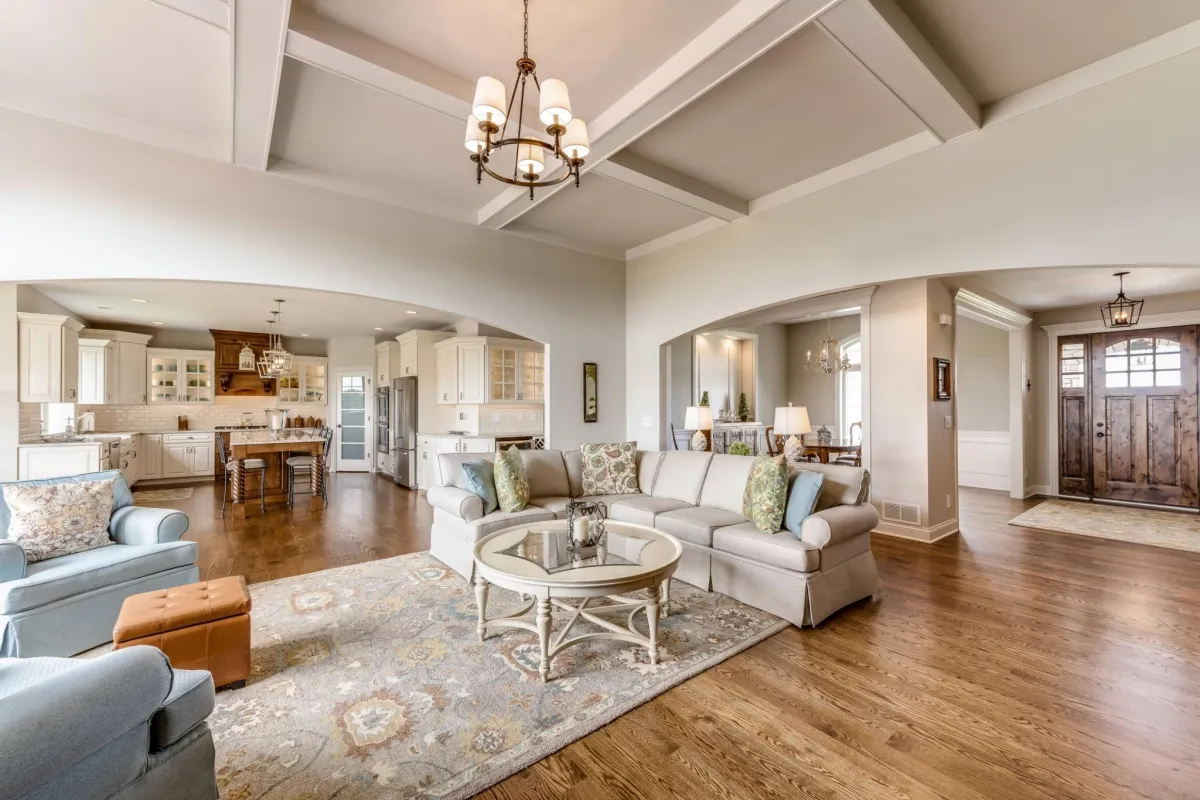
3. Create Open Spaces
Avoid narrow halls and cramped rooms. Let rooms breathe.
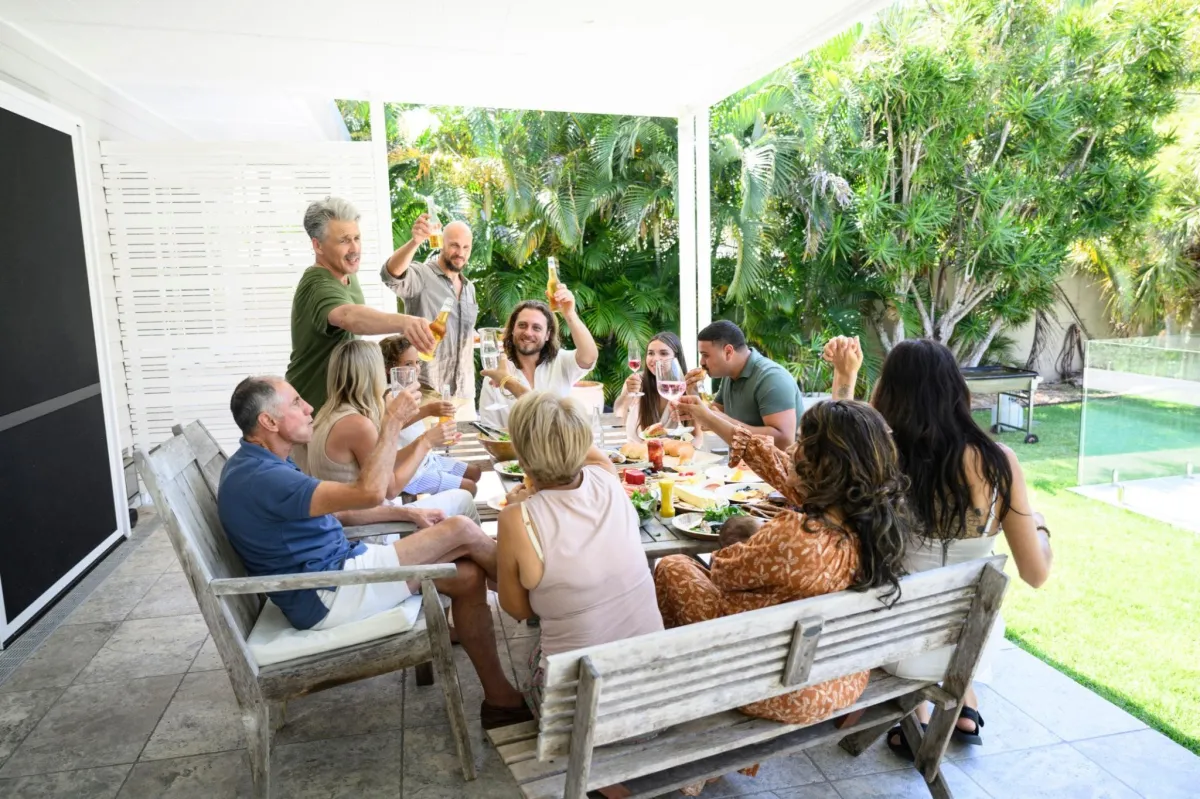
4. Add Places for People to Connect
Include porches, patios, and shared rooms that invite gathering.
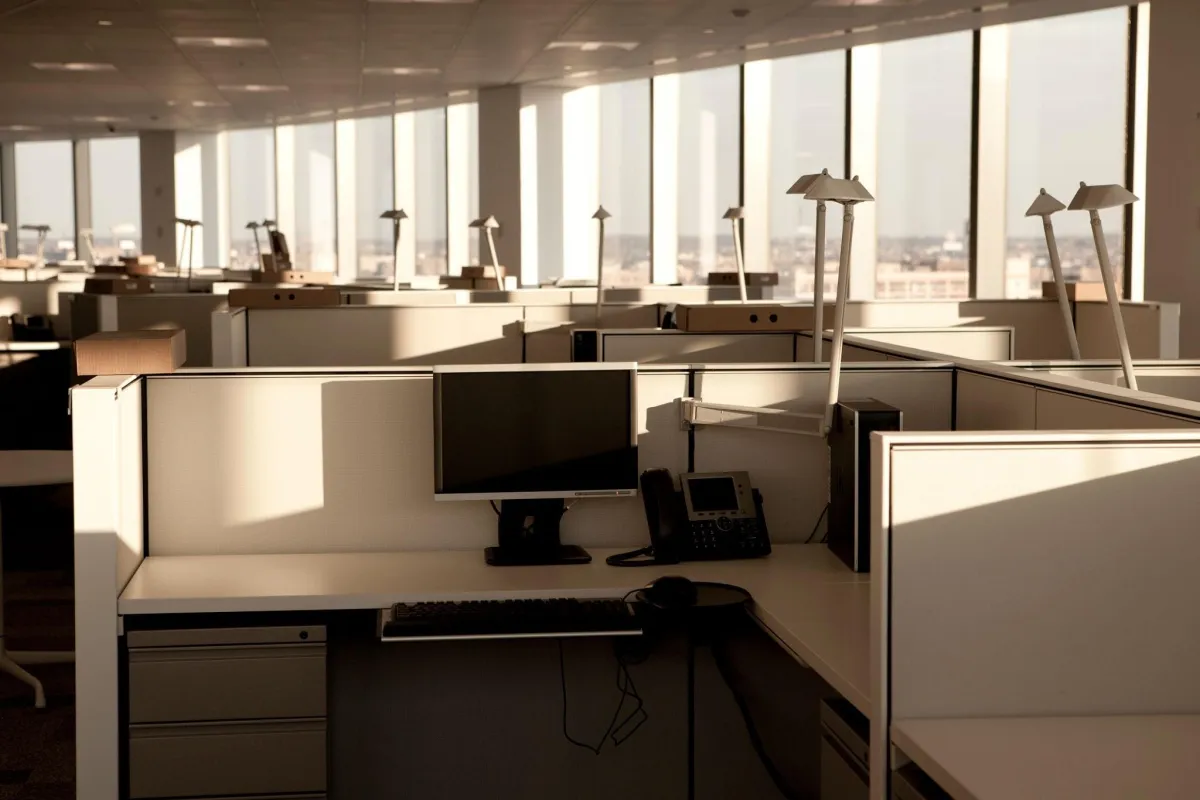
5. Avoid Harmful Design
Say no to sharp edges, harsh lighting, and uncomfortable layouts.
Good design can make homes feel safer, workplaces more enjoyable, and communities stronger. In the Blue Ridge region, we’re surrounded by natural beauty. Our buildings should reflect that calm, peace, and connection.
FAQs
Q: Can building design help people with anxiety or depression?
A: Yes, studies show that calm, well-lit spaces can help lower anxiety and support better moods. Even small changes—like adding plants or more sunlight—can make a difference.
Q: What colors are best for mental health in a home?
A: Soft, natural colors like greens, blues, and warm neutrals are often best. These shades tend to feel calming and are easy on the eyes.
Q: How can I make a small room feel better for mental health?
A: Use mirrors to reflect light, keep clutter away, and choose light colors. Even adding one plant or a small water feature can make the room feel more peaceful.
Q: Are there design choices that help kids focus or feel calmer at home?
A: Yes, quiet corners, soft lighting, and natural elements like wood or fabric textures can help kids feel more grounded and ready to learn or relax.
More Articles From TAS Design
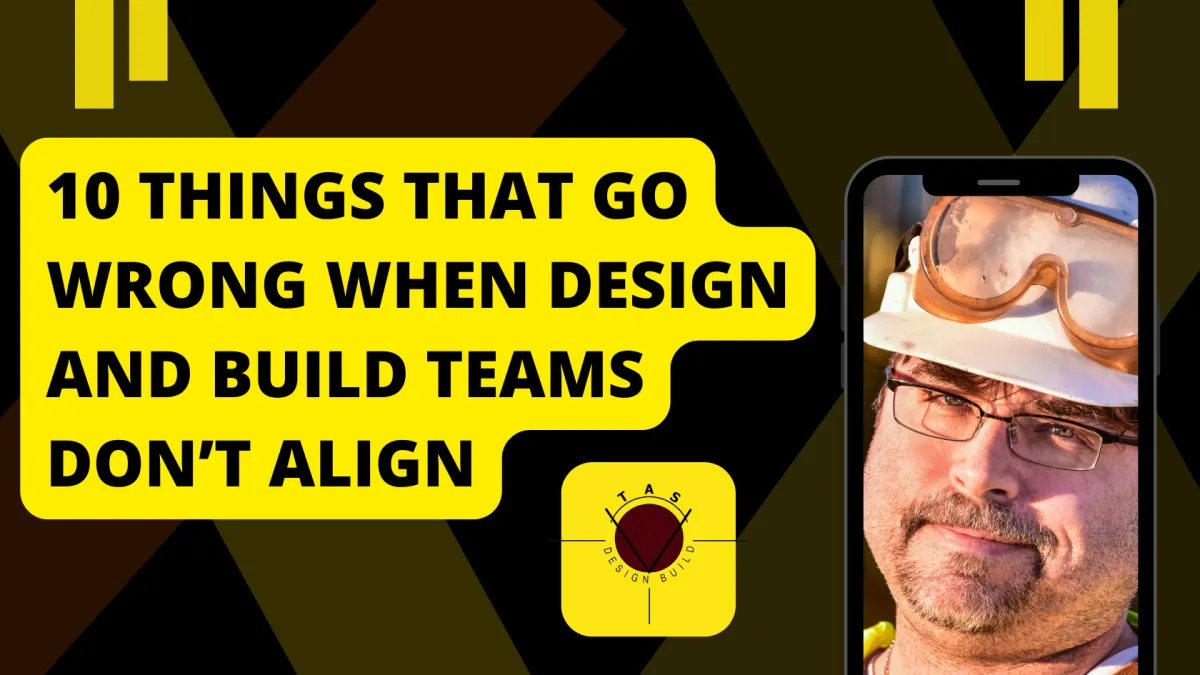

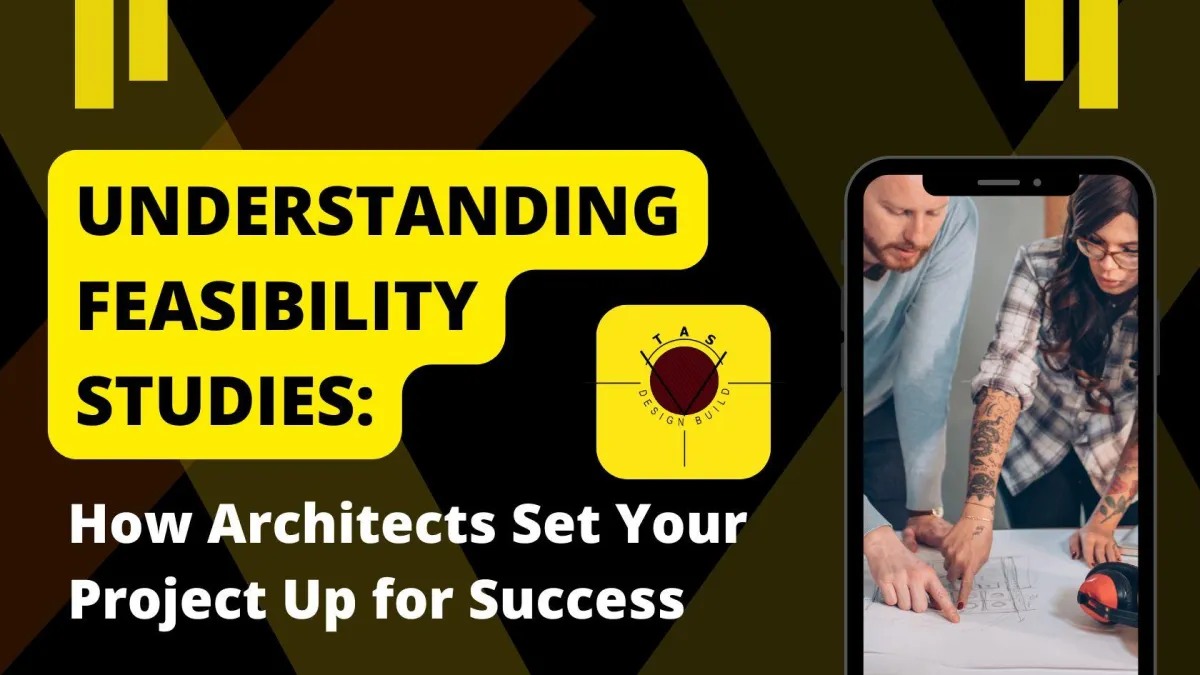
Contact Us
Service Hours
Mon- Fri 8 am - 5 pm
Sat, Sun- Closed except by appointment





Contact Us
1 540-302-2593
2507 Bluff Road
Roanoke VA 24014
Service Hours
Mon- Fri 8 am - 5 pm
Sat, Sun- Closed except by appointment
Connect



